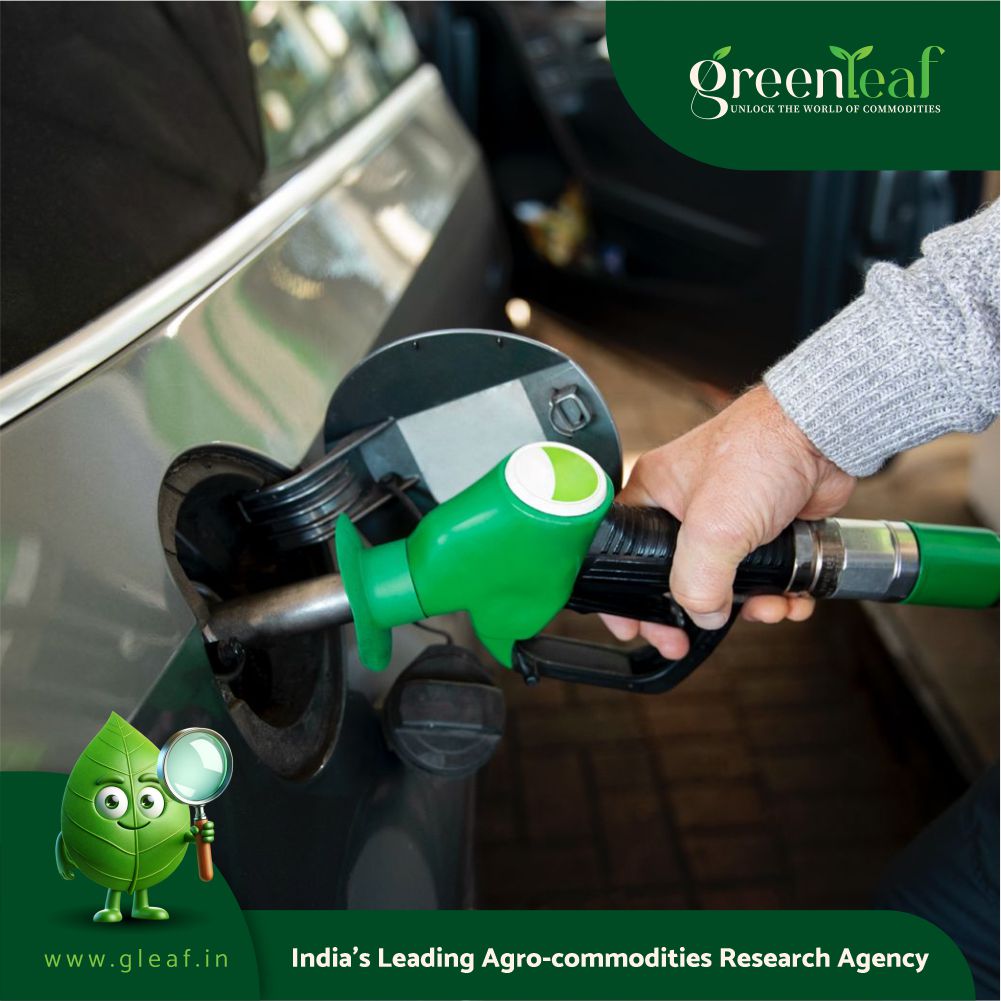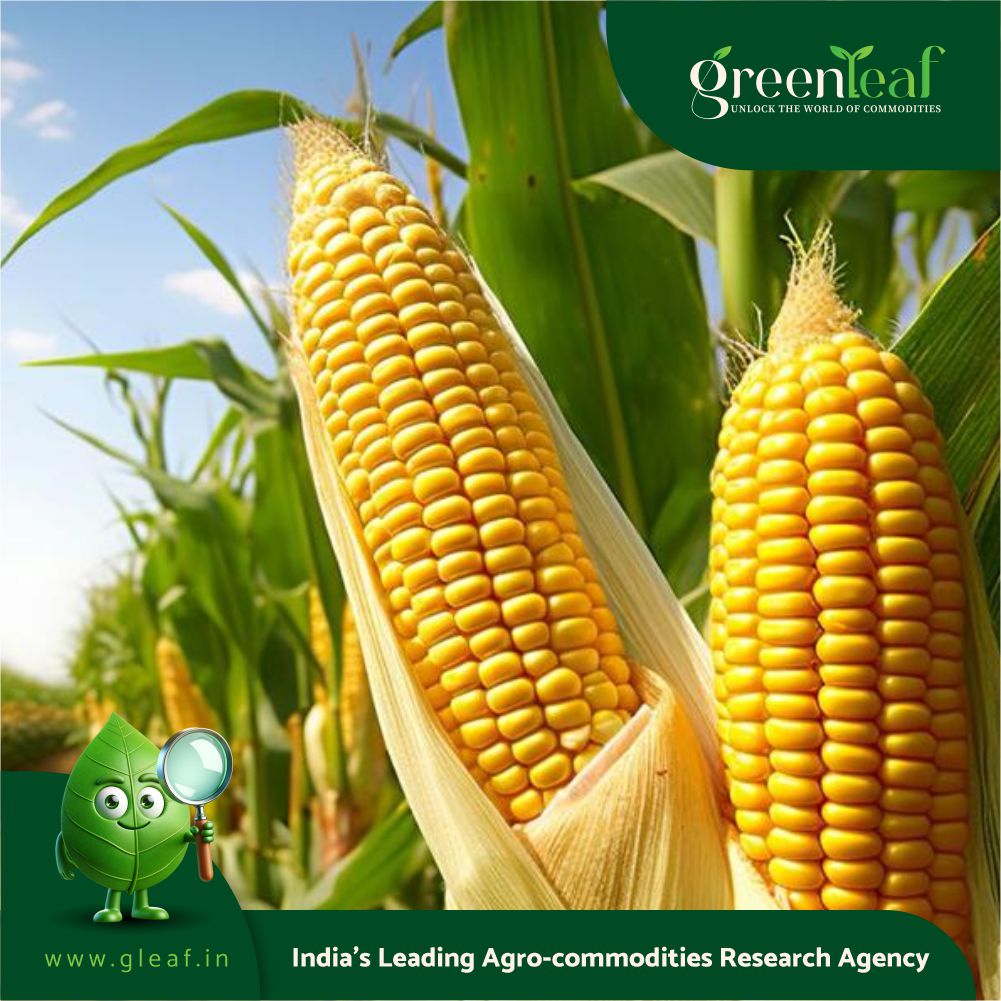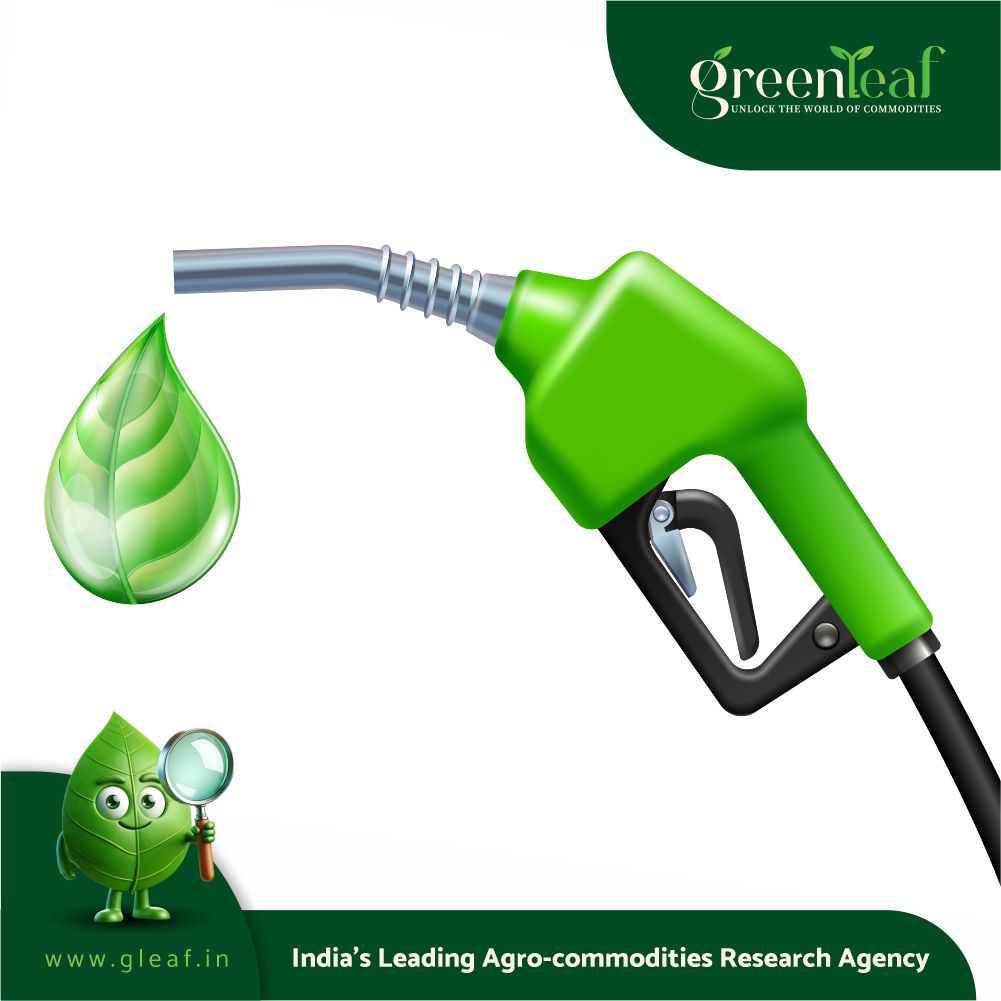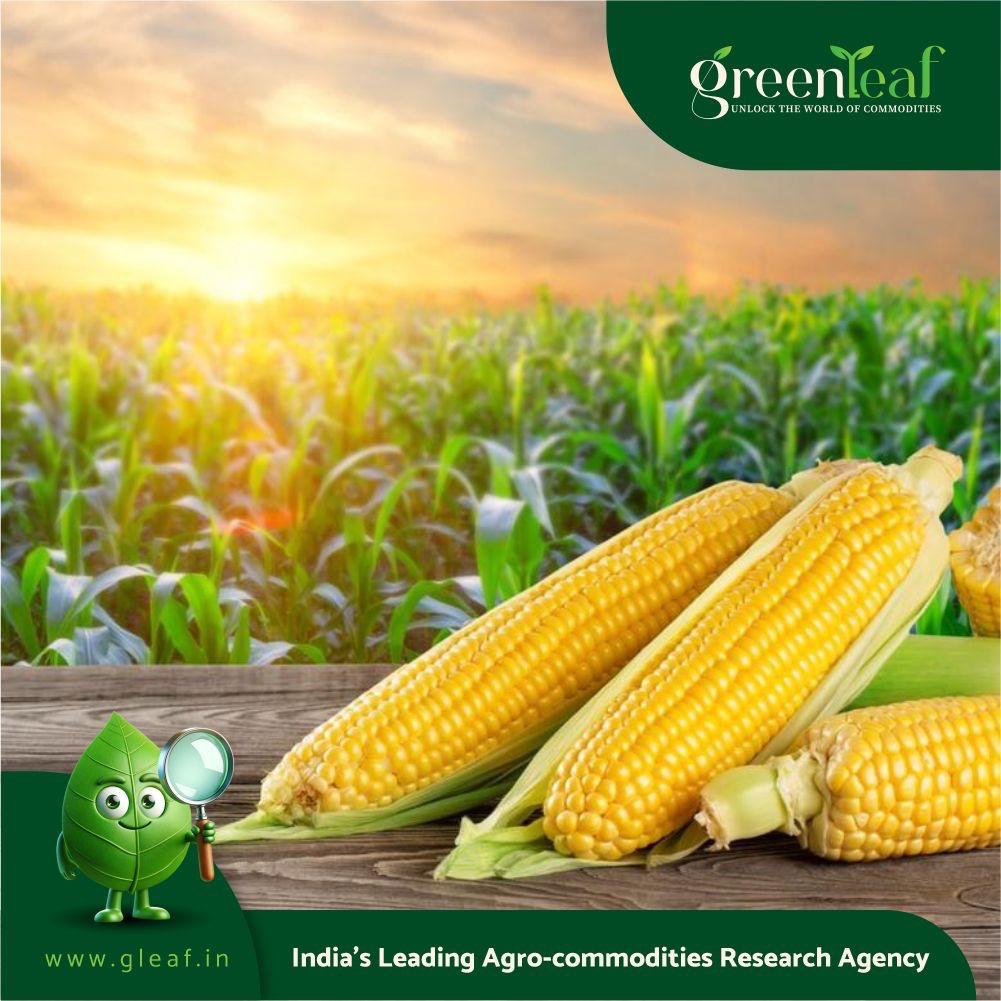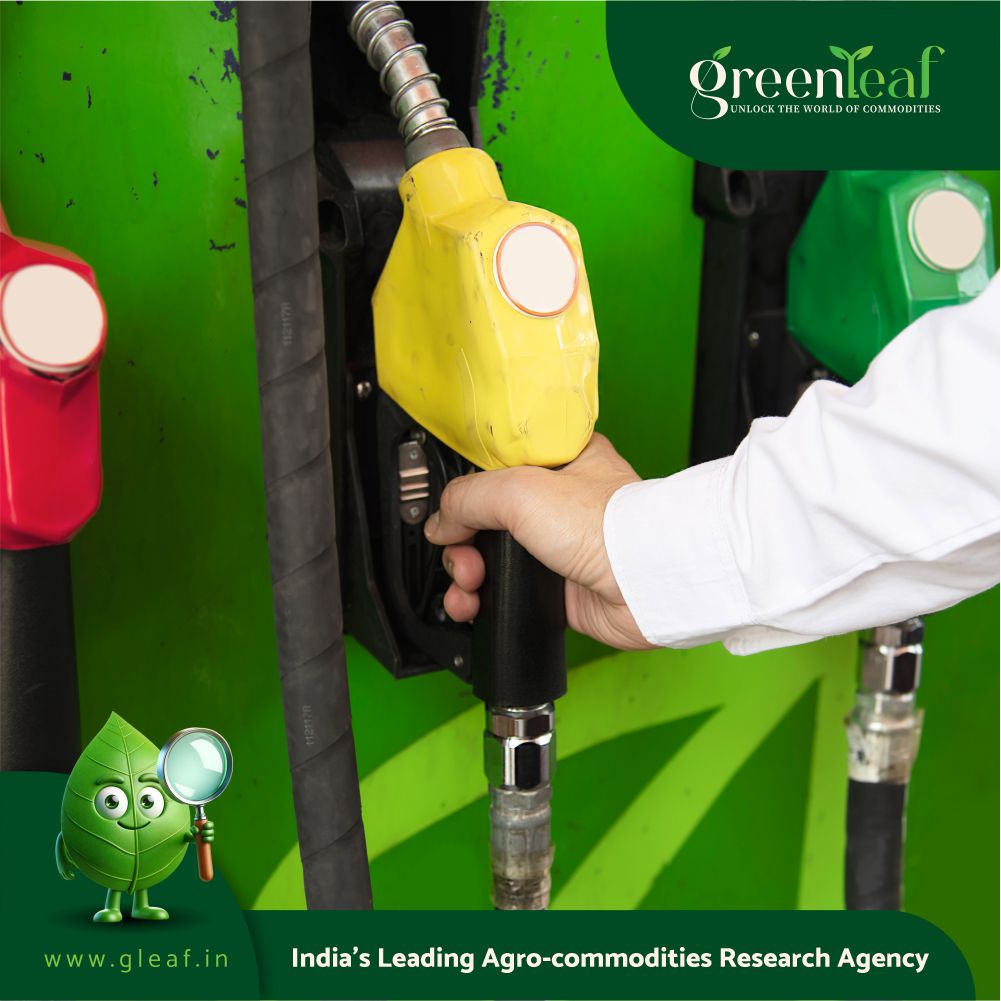India’s transition into a sustainable, self-sufficient tomorrow is being driven by a silent, but deep, revolution: the rapidly accelerating adoption of blending ethanol into petrol. Far from a mere technical adjustment to fuel content, this bold drive is yielding an impressive “win-win” for the country, boosting energy security as it also stimulates prosperity across rural India.
For far too long, India, the globe’s third-largest producer and consumer of energy, has struggled with the economic and strategic weaknesses inherent in overdependence on imported crude oil. The Ethanol Blended Petrol (EBP) Programme has been a strong answer, carefully supported by the National Policy on Biofuels—2018 (revised in 2022). The statistics speak for themselves: India had reached an impressive 20% blending of ethanol in petrol by June 2025, five years ahead of its initial target year of 2030.
While acceleration has merits, deadlines also represent strategic resets. To be precise, Public Sector Oil Marketing Companies (OMCs) achieved a 10 per cent ethanol blending target in petrol in June 2022, five months earlier than expected during ESY 2021-22. This fits well with blending uptake; OMCs blending took off in ESY 2022-23 (12.06 per cent), ESY 2023-24 (14.60 per cent), and now ESY 2024-25 (17.98 per cent as of February 28, 2025).

